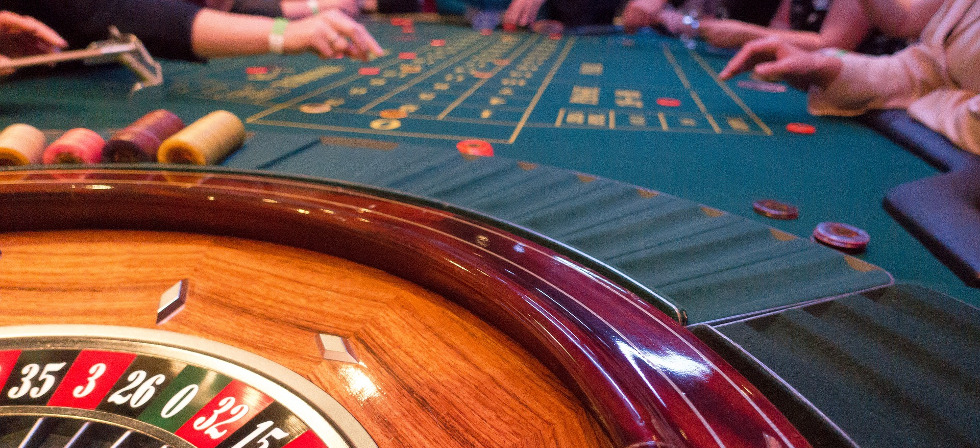
Casino experiences have long captivated human interest, drawing participants into a world filled with fortune, planning, and the allure of excitement. Each activity is painstakingly crafted not just for fun, but also to inspire specific emotional responses that keep players immersed and committed. Understanding the reasons behind these designs reveals much about how human psychology plays a vital role in the gaming experience.
From the dazzling lights and lively sounds to the intricate layering of systems and rewards, casino games are designed to create an atmosphere of thrill and anticipation. Game designers leverage behavioral strategies to influence gambler behavior, whether through the use of winning opportunities, almost wins, or community engagement. By examining these elements, we can better appreciate how casino games fulfill not just a need for entertainment, but deeper psychological needs for thrill and uncertainty.
Understanding Player Behavior
Casino games are engineered with a deep understanding of player psyche, which is vital for drawing in and retaining players. The excitement of the game, combined with the expectation of winning, creates a strong allure. Game designers make use of elements like sound effects, dynamic graphics, and captivating gameplay to engage attention and elicit emotional responses. These sensory elements enhance the total environment, making players feel more involved in the game.
Another notable aspect of player behavior is the notion of risk versus reward. Casino games often manage high-risk scenarios with the potential for considerable rewards, which can cause the occurrence known as near-miss phenomenon. When players come near to winning, the brain secretes dopamine, bolstering their behavior and motivating them to keep playing in quest of that hard-to-reach win. This cycle of anticipation and frustration plays a key role in how games are structured and marketed.
Lastly, social elements also play a central role in player behavior at casinos. Many games are crafted to be played in pairs or alongside other players, creating a sense of togetherness and shared experience. The social interaction inherent in games like poker enhances enjoyment and can lead to extended gameplay. Designers take advantage on this by designing environments that prompt players to stay, connect, and revisit, making the overall casino experience more appealing.
The Role of Imagery and Sound
Imagery and audio play a vital role in elevating the player’s experience within gambling games. Designers utilize bright colors, striking graphics, and captivating animations to attract players’ attention and hold their interest. The use of motifs, such as adventure or opulence, helps create an enthralling atmosphere that transports players into a different world. By appealing to the senses, these elements contribute to a intensified emotional response, encouraging players to engage more profoundly with the games.
Audio design is just as important in enhancing the overall experience of casino games. The mix of ambient music, sound effects for winning combinations, and environmental noises creates an sound landscape that keeps players enthralled. Audio cues associated with wins, such as chiming bells or festive music, evoke feelings of thrill and reward, encouraging players to keep playing. These sound cues are strategically placed to amplify the thrill of the game and create a more immersive experience.
Moreover, the alignment of imagery and audio is essential for supporting the game’s overall concept and mood. Each element should align harmoniously to create a cohesive experience that pulls players in. The effective use of this synergy not only improves user enjoyment but also boosts the chances of return play, as players become more engaged in the captivating world that the casino games offer. This thoughtful combination of imagery and audio ultimately enhances player engagement and loyalty.
Reward Systems and Participation
The design of casino games heavily depends on incentive systems to keep participants engaged and returning for more. These systems are rooted in behavioral principles that exploit human nature and motivation. Players are often driven by the excitement of winning, which is reinforced by immediate feedback through the game structure’s design. This instant gratification not only improves the gaming experience but also cultivates a sense of achievement, prompting participants to keep participating in hopes of greater gains.
Gaming establishments implement various reward structures, including jackpots, extra rewards, and increased rewards, to captivate participants. These elements create a level of thrill that maintains engagement. Additionally, the unpredictability of results plays a significant role in keeping interest. The variable reward system, where successes are random but happen often enough, keeps players on edge and driven to keep playing. This cycle of anticipation and expectation is essential to the effectiveness of gambling experiences. miso88
In addition, social elements, such as tournaments and multiplayer features, boost the engagement factor by leveraging the competitive nature of players. The shared experience of gaming with fellow participants can intensify the excitement of success and create a sense of community within the casino. By combining these social dynamics with efficient reward systems, gambling experiences not only provide entertainment but also nurture a deeper bond among participants, reinforcing their commitment to the overall experience.